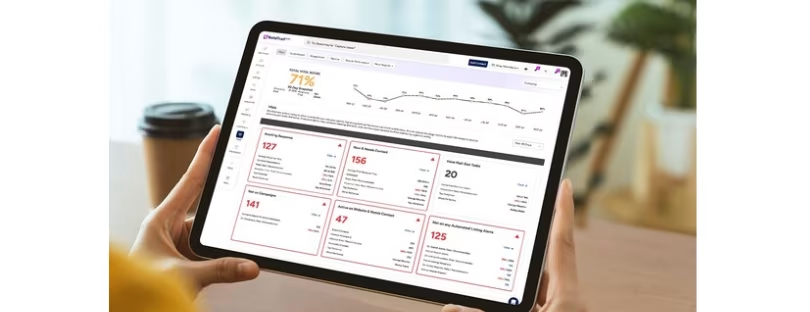Online shopping is more popular than ever in the EU
Online shopping is continuing to grow in the European Union (EU). With high-street shopping affected by the COVID-19 restrictions and changes in habits and preferences, e-commerce can be expected to grow further.
In the 12 months prior to the 2020 survey, 89% of people aged 16 to 74 in the EU had used the internet, 72% of whom had bought or ordered goods or services for private use. Online shopping increased by 4 percentage points (pp) compared with 2019 (68% of internet users) and by 10 pp compared with 2015 (62%).
More than 8 in 10 internet users in the Netherlands (91%), Denmark (90%), Germany (87%), Sweden (86%) and Ireland (81%) had bought or ordered goods or services over the internet in the 12 months prior to the survey. On the other hand, fewer than 50% had shopped online in Bulgaria (42%), Romania (45%) and Italy (49%; 2019 data).
 Source datasets: isoc_ec_ibuy and isoc_ec_ib20
Source datasets: isoc_ec_ibuy and isoc_ec_ib20
Over the last five years, the largest increases in online shopping among internet users were recorded in Romania (+27 percentage points (pp), Czechia and Croatia (both +25 pp) as well as Hungary (+23 pp).
Clothes, shoes, and accessories: most common online purchase
In the 3 months prior to the survey, the most common online purchases were clothes (incl. sports clothing), shoes, or accessories (ordered by 64% of online shoppers). Wearables were followed by films or series as a streaming service or download (32%), deliveries from restaurants, fast-food chains, and catering services (29%), furniture, home accessories, or gardening products (28%), cosmetics, beauty, or wellness products (27%), printed books, magazines, or newspapers (27%), computers, tablets, mobile phones, or their accessories (26%) and music as a streaming service or download (26%).
 Source dataset: isoc_ec_ibgs
Source dataset: isoc_ec_ibgs
For more information, take a look at the Statistics Explained article on e-commerce statistics for individuals. Eurostat recently published 2020 data for the Community survey on ICT usage in households and by individuals; the full data from the survey is available here.
Notes:
- The European Union (EU) includes 27 EU Member States. The United Kingdom left the European Union on 31 January 2020. Further information is published here.
- 2020 data for France and Italy are not available. As a result, the EU aggregate has been estimated.
- Data in the database are organised according to the survey year; the results above for internet use and e-shopping refer to individuals’ activities during the last 12 months prior to the survey, i.e. the three last quarters of 2019 and the first quarter of 2020. Data on the specific online goods and service purchases cover the last 3 months prior to the survey, i.e. the first quarter of 2020. Hence, both reference periods refer mainly to the situation before the COVID-19 pandemic started. However, due to COVID-19 restrictions, the fieldwork had to be postponed or extended, and timing of this 12- and 3-month reference period varies across countries.








